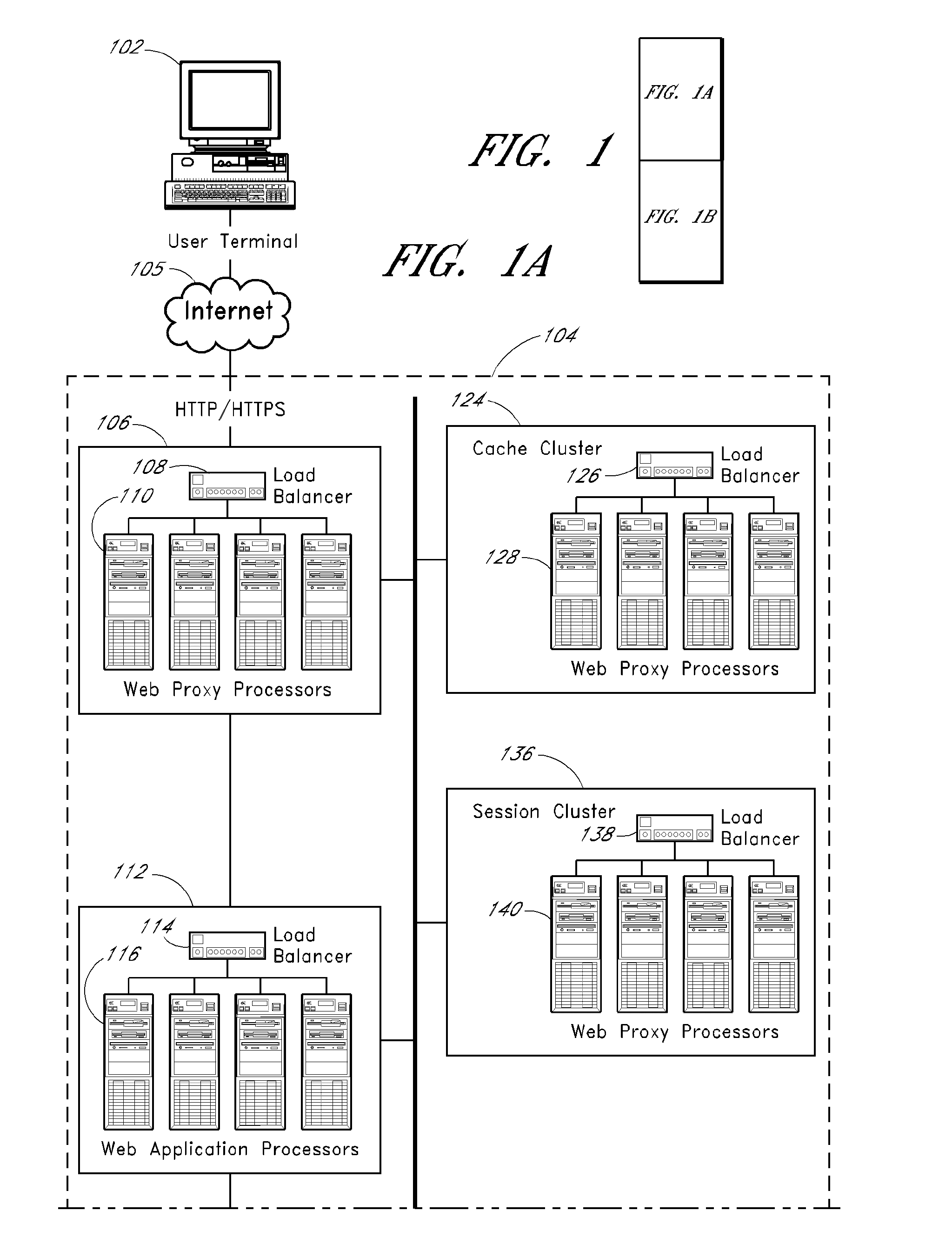[0023]Optionally, the program code, when executed is further configured to provide the online sale in the form of an auction. Optionally, the purchase offers are in the form of bids. Optionally, the program code, when executed is further configured to increase a purchase offer amount of at least one user by a first percentage. Optionally, the program code, when executed is further configured to request a first user to agree that a price that the first user is to pay for a first item can be adjusted from a first offer amount. Optionally, the program code, when executed is further configured to determine what the users are to pay using a central tendency of the offer amounts. Optionally, the central tendency is calculated at least in part by calculating an average of the bid amounts, a median of the bid amounts, a trimedian of the bid amounts, a mode of the bid amounts and/or a mean of the bid amounts. For example, the mean can be a quadratic mean, a generalized mean, a weighted mean, a truncated mean, a midrange, a Winsorized mean, an exponential mean, a trimean, or a normalized mean. Optionally, the program code is further configured to store an adjustment limit in computer readable memory, wherein the adjustment limit indicates how much at least a portion of the users are to pay can vary from their corresponding offer amounts. For example, the adjustment limit is optionally expressed as a percentage or a currency amount. Optionally, the program code is further configured to store a ranking of the items. Optionally, the program code is further configured to: store a ranking of the received offers; store a ranking of the items; and allocate items to users based at least in part on the ranking of the received offers and the ranking of the items.
[0024]One or more example embodiments described herein provide a method of reallocating items, the method comprising: during a first session, receiving at a first computer system a purchase request from a user for a first item over a network, wherein the purchase request is provided via a Web page displayed on a user terminal; transmitting during the first session from the first computer system to the user terminal an indication that the purchase order is accepted; transmitting during the first session from the first computer system to the user terminal an offer to resell the first item; receiving via the user terminal during the first session an indication that the user wants to resell the first item; and receiving via the user terminal during the first session a resale price specified by the user using a second Web page. Optionally, the method further comprises determining if the resale price complies with a first rule; and informing the user if the resale price does not comply with the first rule. For example, the first rule is optionally a venue rule, a performer rule, or a government rule. If the rule is a government rule, optionally the government rule is specified by a government entity associated with the location of a venue which the first item provides access to and/or a government entity associated with a location of the user. Optionally, the first Web page and the second Web page are hosted by the same website. Optionally, the purchase request is provided in the form of an auction bid. Optionally, the purchase request is provided in response to a fixed price offer. Optionally, the offer to resell the first item is transmitted to the user terminal at substantially the same time the indication that the purchase order is accepted is transmitted to the user terminal or substantially immediately thereafter. Optionally, the purchase request is for a plurality of tickets, and the method further comprises receiving an identification from the user as to which of the plurality of tickets are to be resold. Optionally, the user is not asked to provide a password within a time period beginning with the transmission of the indication that the purchase order is accepted and the transmission of the offer to resell. Optionally, the method further comprises inhibiting the user's ability to utilize the first item after a purchaser purchases the first item (e.g., wherein the first item is a right to enter an event venue, and inhibiting the user's ability to utilize the first item includes invalidating an event ticket provided to the user, wherein a new event ticket is issued to the purchaser wherein a new event ticket is transmitted to a telephonic device associated with the purchaser. wherein a new event ticket is transmitted to a terminal associated with the purchaser, etc.). Optionally, the user purchases a plurality of items including the first item during the first session, the method further comprising providing a user interface to the user via which the user can selectively indicate which of the plurality of items are to be resold and which are not be resold. Optionally, the method further comprises storing an indication from a first user that as an overridable default, future items purchased by the first user are to be posted for resale. Optionally, the method further comprises determining for a first user whether the first user has to wait a specified period of time before posting a second item for resale. Optionally, the method further comprises determining for a first user whether a first quantity of items that the first user has indicated are to be resold ex
 Login to View More
Login to View More  Login to View More
Login to View More 


